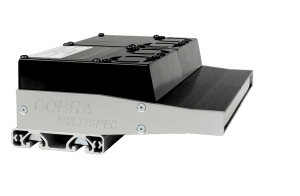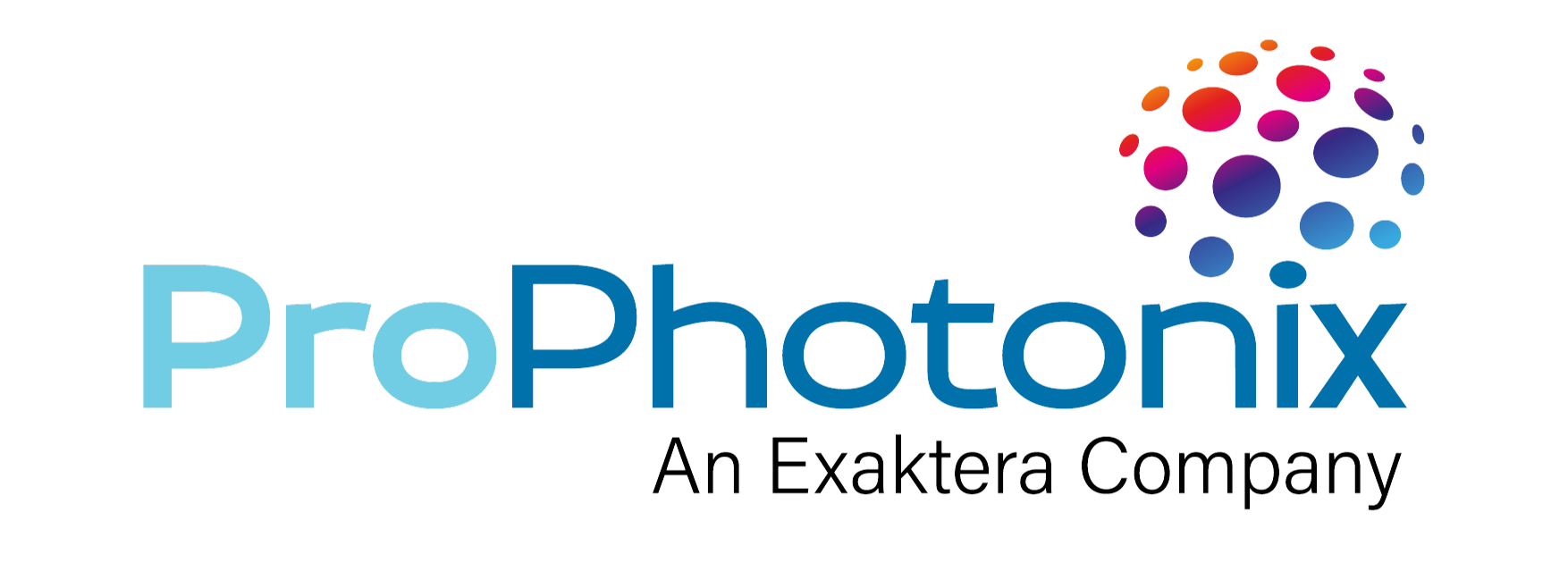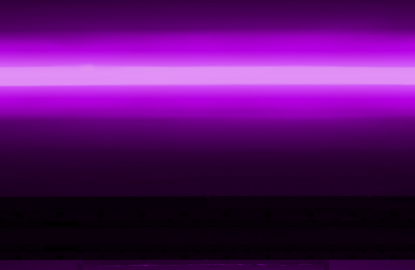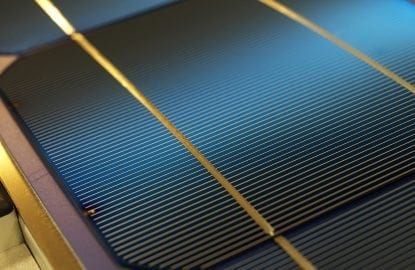As the cost of equipment for multispectral imaging reduces, the range of applications for this type of imaging is expanding rapidly. This post will look at the types of multispectral imaging illustrated through application examples.
Multispectral Imaging Considerations
The term multispectral imaging describes imaging where a number of wavelengths are used discretely or together in imaging applications. In any machine vision application, it is essential to optimize the light to improve detection accuracy and maximize throughput. In multispectral imaging, illumination is particularly important as the use of a specific spectrum provides capture of the target as well as characteristics sought on or about the target. Selecting and specifying the correct wavelengths and light optimization are critical for your application. This is best accomplished by working closely with the lighting manufacturer. The ability of the lighting manufacturer to work with a wide range of specific wavelengths is important.
Multispectral Imaging Types
There are many types of multispectral light used in imaging. These can be grouped into two key scenarios. In the first type of application, a combination of discrete wavelengths is used. In the second, discrete wavelengths are combined to create a broad spectrum. The broad spectrum can be provided within a specific band or weighting or a full spectrum can be provided with wide band coverage. We’ll look at two different applications ProPhotonix has provided solutions for in order to illustrate the difference between these two types.
Discrete Multispectral Imaging Application Example
ProPhotonix provided a custom LED solution to and OEM developing systems for a food sorting application. This example demonstrates the use of discrete multispectral imaging where different wavelengths are chosen to match known optical characteristics about features of interest.
When fruit or vegetables are conveyed through these vision systems, LED lights are used to illuminate the target. Based on the light reflected from the target, the system can determine characteristics of the produce. For example, if the system is sorting tomatoes, unripe tomatoes would reflect green light more than ripe, red tomatoes allowing for proper sorting of product. The same lighting system can detect bruising in apples using infrared light thus optimizing the quality of sort. In this application, by allowing the user to choose the wavelength correctly, sorting was optimized.
Broad Spectrum Multispectral Imaging Application Example
In our second example, ProPhotonix’ COBRA MultiSpec was utilized with wavelengths configured to optimize the light for the application. The optical technique utilized here differs in that many wavelengths are used to form a broad spectrum. Hyperspectral analysis was then used to determine spectral information. In this application, the spectrum was then weighted to compensate for the spectral sensitivity of the camera enabling automated sorting by detecting very small differences in similarly colored materials that cannot be distinguished with conventional imaging technologies.

COBRA MultiSpec offers up to 12 configurable wavelengths and allows you to select channels, optimizing the light for your system.
ProPhotonix is a leading designer and manufacturer of Laser Diodes, Laser Modules, UV LED Curing Systems, LED Products, and UVC LED Disinfection Systems. Contact us for free expert advice on selecting the optimal solution for your system.
Explore our wide range of high quality LED lighting machine vision products including LED Line Lights, LED Area Lights, LED Ring Lights and LED Spot Lights. Our LED lighting solutions deliver efficiency and reliability. Contact us today for free expert advice on LED Lighting Machine Vision products.





